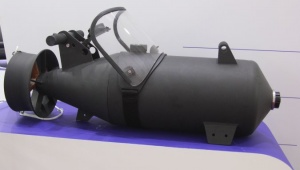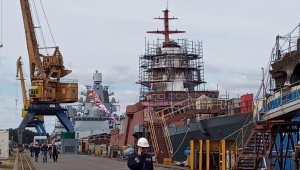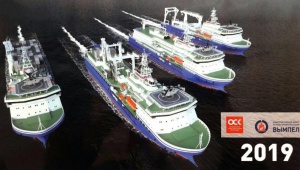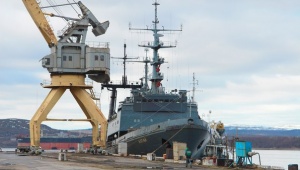In the same year, the US Navy obtained the new-generation aircraft carrier USS Gerald R. Ford, two Arleigh Burke-class missile destroyers, two Virginia-class attack submarines, and three littoral combat ships (LCS).
One might expect the Russian Navy’s capabilities would considerably drop down comparing to the US ones. However, this time, taking into account arrays of publications about US Navy, we amended the assessment procedure and left out ships and subs docked for repairs and upgrade, just like we have been doing to calculate the Russian Navy’s combat potential. This gave advantage to Russian Navy, and its positions became even a kind of better.
What’s in store for 2018? American industry generally works as scheduled, so the US Navy would be expectedly reinforced with at least three Arleigh Burke-class destroyers (the fourth one is in question), two Virginia-class subs, a San-Antonio-class amphibious dock, and up to three littoral combat ships (LCS).
It is hard to predict what ships the Russian Navy would acquire, as rescheduling has become a tradition. For instance, the navy has spent years waiting for Project 22350 lead frigate Admiral Gorshkov and Project 11711 landing ship Ivan Gren. Now, they are reported to join the navy this year, but who knows what the future holds...
RUSSIA/US NAVAL CAPABILITIES RATING
Over several years, Mil.Press Today holds an independent inquiry into strength and status of the global leading navies (researches for 2007, 2009, 2010, 2011, 2012, 2013, 2014, 2015, 2016, 2017 ).
Combat capabilities is understood here as an overall index of military parity representing a relation of Russia’s naval power to similar parameters of the world’s biggest navies, the US one. Sure, Chinese Navy has been actively growing in the recent years, too, but official Beijing is trying to keep the lid on any information about its shipbuilding program, so unbiased assessment of ROCN’s combat capabilities seems impossible.
To compare naval power of different class of Russian and American ships, we use conditional ‘weight factors’.
The primary objective of research is to detect a development vector of the Russian Navy regarding the strongest potential opponent. Notwithstanding complex, multifaceted and confidential input data and the lack of credible absolute values, outlining of relative dynamics is still possible, indeed, if based on sequential comparison within a certain time interval while the expert assumptions (‘weight factors’) remain unchanged. For more details, see the rating page.
Mil.Press Today takes into account the mission-ready ships, except for those in reserve or under long-term (over 3 years) overhauls or mothballed. The special-purpose ships and submarines are not considered in the rating either. The research is based only on the open source data.























